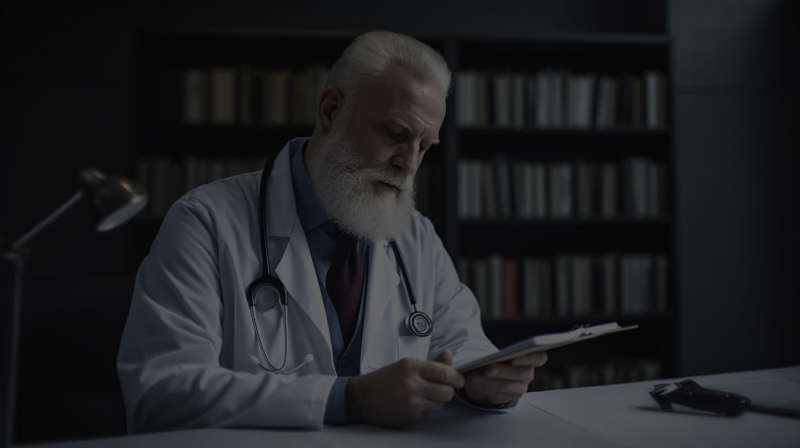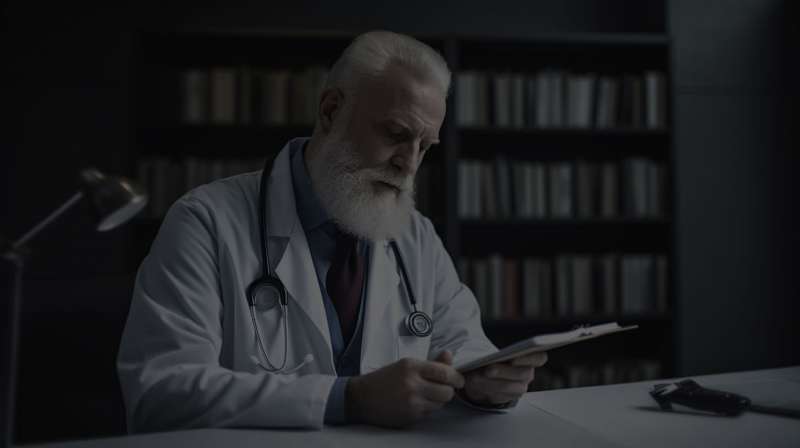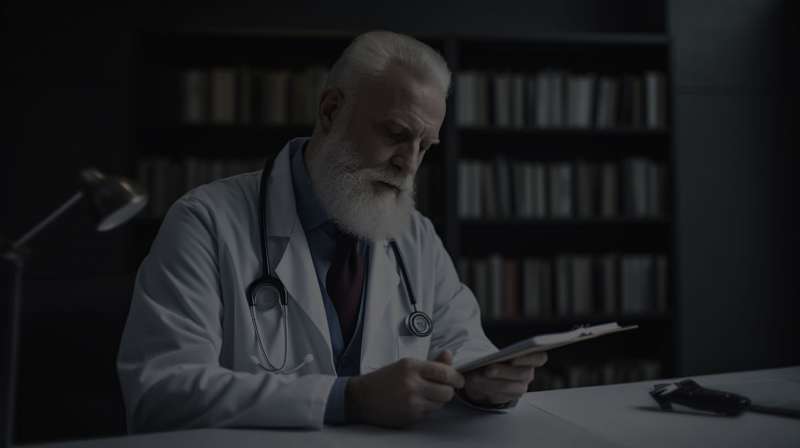Important Information
Strokes occur when a blood vessel in the brain is blocked or ruptured depriving brain tissue of oxygen
You could consider a stroke similar to a heart attack but relevant to the brain (brain attack) which is a clog in the brain as opposed to a clog in the heart
There are methods for unclogging strokes in a hospital emergency room so Alert EMS immediately for a suspected stroke patient
Patients having a stroke may complain of or have signs of numbness, paralysis or weakness of the face, arm or leg, often just one side and they may have trouble speaking; They may complain of a severe, unexplained headache or decreased vision in one or both eyes
Treat a stroke as a medical emergency; Follow primary care procedures
Patient Care; Stroke
FAST - Stroke Warning Signs
- Perform a primary assessment and monitor the patient's Cycle of Care AB-CABS
- For a responsive patient, conduct an illness assessment; Reassure the patient if they have difficulty speaking, and ask 'yes' or 'no' questions
- Help the patient into a comfortable position and continue to monitor the patient's Cycle of Care until EMS arrives




Share on social media